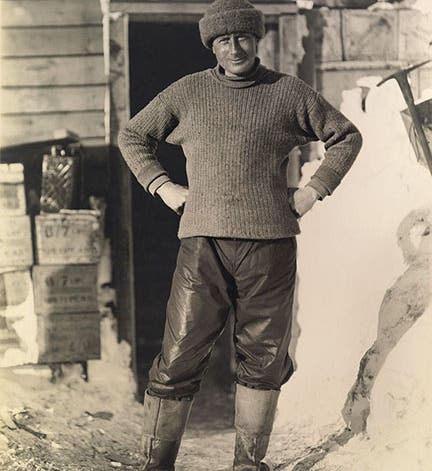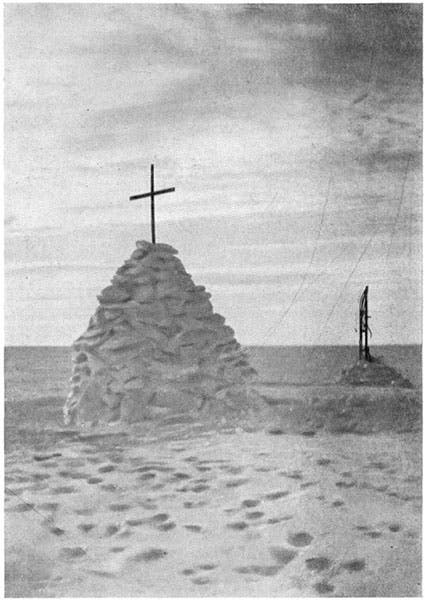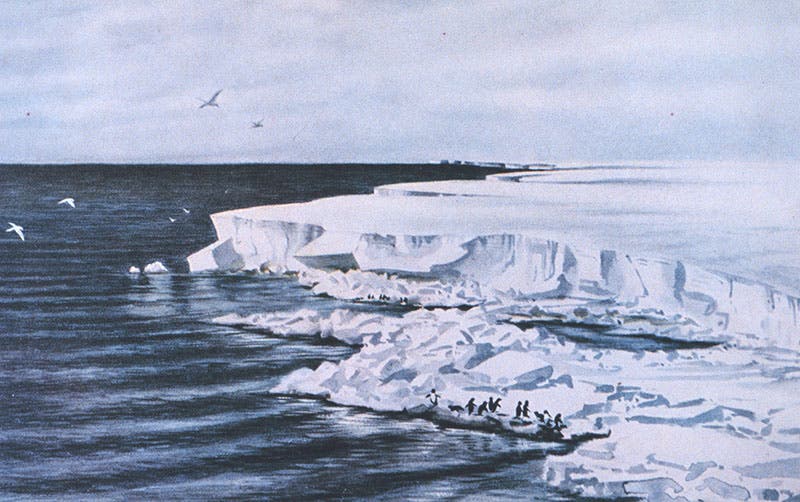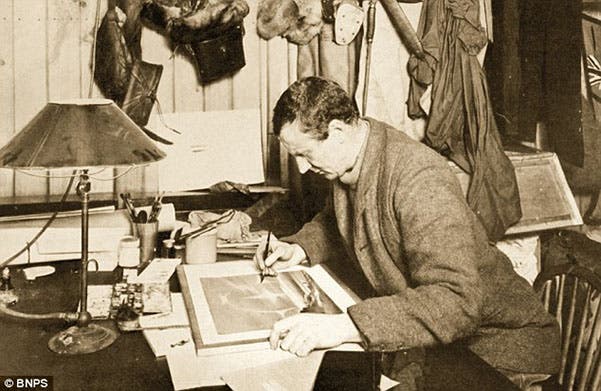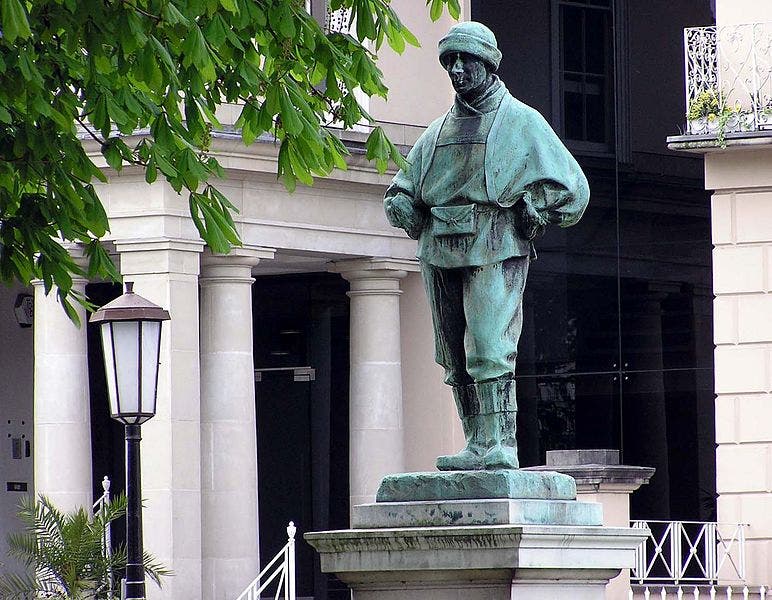Scientist of the Day - Edward Adrian Wilson
Edward Adrian Wilson, an English naturalist, artist, and polar explorer, known to his companions as "Bill" or "Uncle Bill", was born July 23, 1872. We wrote about Wilson indirectly once, when we published a post on Apsley Cherry-Garrard and the "Winter Journey," as three members of the Terra Nova expedition in Antarctica attempted in total darkness and the dead of winter (July of 1911) to hike to an Emperor penguin rookery and retrieve some eggs for study. Cherry-Garrard later wrote a book about the 5-week adventure and called it The Worst Journey in the World. Bill Wilson was the ornithologist of the group, and it was his idea to undertake the penguin egg quest. They did come back with three eggs, which were photographed then and which can still be seen today in the Natural History Museum in London, but which were useless for ornithological study, since they froze solid on the way back. We also showed a photo of the three men in our post, exhausted after their return to base camp; Wilson is on the left. We include here (first image) another photo of Wilson, taken before the trek, when he was not quite so worn out.
Wilson's adventures were not over, although, as it turned out, his life was just about run. On Nov. 11, Robert Falcon Scott set off for the South Pole with a party of 15, and Wilson was one of those chosen. When Scott winnowed the number down to 5 for the final assault, Wilson was again selected. Wilson was in fact the favorite expeditionary companion of Scott, who called Wilson the finest person he had ever met. The five reached the South Pole on Jan. 17, 1912, only to discover that Roald Amundsen had been there five weeks earlier. The dejection, as well as the exhaustion, of the men is evident in a photograph taken that day at the Pole (second image, just above); Wilson is seated at the right, with Scott in the center behind him. There is, interestingly, a second photograph of the five at the Pole, taken the next day, and except for Scott, the men have switched positions, and Wilson is now standing at the left. Since the format of the two photographs is nearly identical, it is easy to get confused as to who is who. But you can spot Wilson by the X-pattern of the laces that extend up his socks.
As most people know, the Scott party never made it back. The last three survivors, including Wilson and Scott, froze to death in their tent on or about Mar. 29, 1912, 150 miles from base camp. Wilson was 39 years old; Scott was 43. They were found the next spring and buried where they died, under a large cairn of snow (third image, just above).
We have always known that Wilson was an excellent expeditionary artist as well as a plucky explorer, but only recently have we been able to appreciate how talented he was, as 17 original watercolors that he painted in Antarctica in 1911 came to light in 2011, on the centennial of Scott’s polar attempt. All of them were reproduced in a Daily Mail article that was published when the watercolors were made public. The first painting, of an Antarctic sunset, and the second, of a restless Mt. Erebus, are especially fine, although the reproductions are small. We found a larger version of one of them, an icescape looking east from Cape Crozier, where the Emperor penguin rookery was located (fourth image, just above). The Natural History Museum in London has assembled a short video about Bill Wilson’s watercolors, which provides a more intimate look at some of the artwork. One of the photos in that video, of Wilson working on one of his paintings, is reproduced below (fifth image).
Wilson came from Cheltenham, in Gloucestershire, and there is a statue of him on the Promenade in the town. The statue looks more comfortable during the winter months. There is also a commemorative plaque in Cheltenham; I don’t know if it is part of the statue or at a separate location. But it is an especially fine memorial, as you can see at this link.
Dr. William B. Ashworth, Jr., Consultant for the History of Science, Linda Hall Library and Associate Professor emeritus, Department of History, University of Missouri-Kansas City. Comments or corrections are welcome; please direct to ashworthw@umkc.edu.

